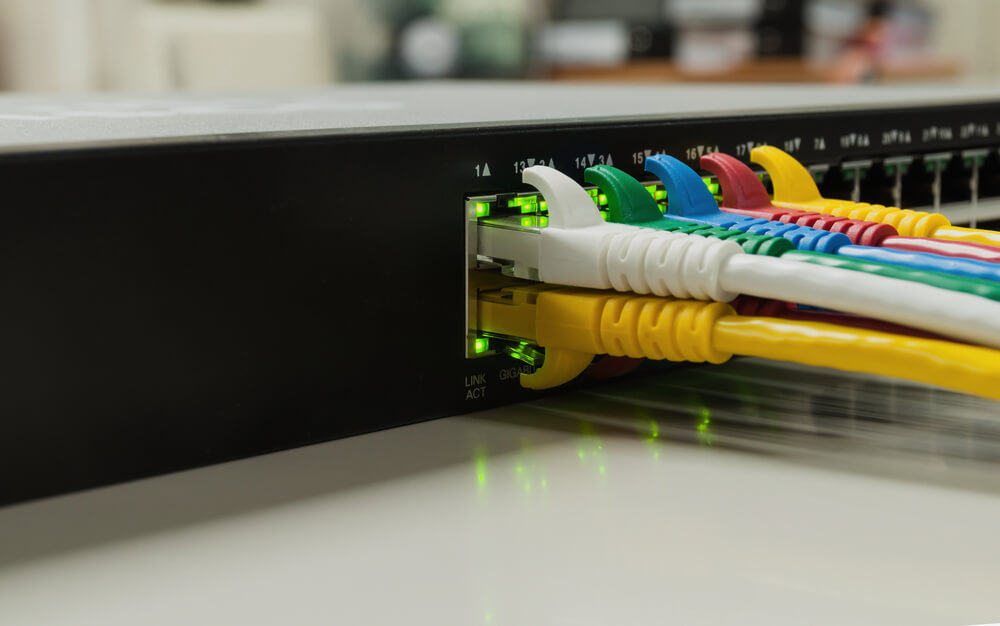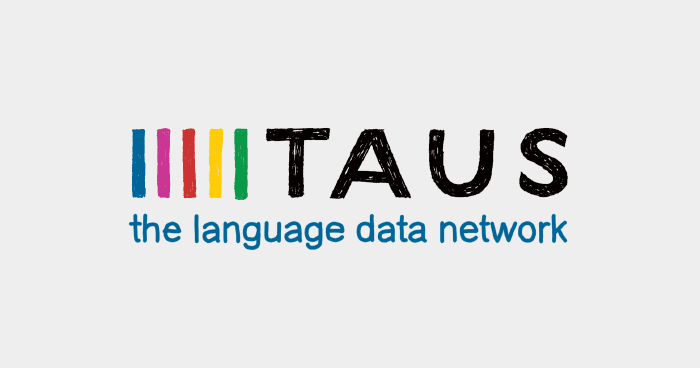A high-level electrical circuit management (HDLC) could be a protocol that’s a bit-oriented synchronous electrical circuit layer. HDLC ensures the error-free transmission of knowledge to the correct destinations and controls the info transmission speed.
HDLCs will give each connection-oriented and connectionless services.
Techopedia explains High-Level electrical circuit management (HDLC)
A high-level electrical circuit management defines rules for sending knowledge between network points. knowledge in associate HDLC is organized into units referred to as frames and is distributed across networks to specified destinations. HDLC conjointly manages the pace at that knowledge is transmitted. HDLC is usually used in the open systems interconnection (OSI) model’s layer two.
HDLC frames area unit transmitted over synchronous links or asynchronous links, which don’t mark the beginning and finish of frames. this can be done employing a frame delimiter or flag, which has distinctive sequence of bits that don’t seem to be visible within a frame.
There area unit 3 styles of HDLC frames:
Information frames/User knowledge (I-frames)
Supervisory frames/Control knowledge (S-frames)
Unnumbered frames (U-frames)
The common fields inside associate HDLC frame are:
Flag
Address
Control data
Frame check sequence
The HDLC protocol is employed by a spread of standards enforced within the protocol stacks of X.25, V.42 and ISDN and plenty of alternative protocol stacks.
HDLC (High-level electrical circuit Control) could be a cluster of protocols or rules for sending knowledge between network points (sometimes referred to as nodes). In HDLC, knowledge is organized into a unit (called a frame) and sent across a network to a destination that verifies it’s in arrival. The HDLC protocol conjointly manages the flow or pacing at that knowledge is distributed. HDLC is one amongst the foremost commonly used protocols in what’s layer two of the business communication reference model referred to as Open Systems Interconnection (OSI). (Layer one is that the elaborate physical level that involves really generating and receiving the electronic signals. Layer three is that the higher level that has information concerning the network, together with access to router tables that show wherever or send knowledge. On sending, programming in layer three creates a frame that typically holds supply and destination network addresses. HDLC (layer 2) encapsulates the layer three frame, adding electrical circuit management data to a brand new, larger frame.
In HDLC, the protocol that’s basically SDLC is understood as traditional Response Mode (NRM). In traditional Response Mode, a primary station (usually at the mainframe computer) sends knowledge to secondary stations which will be native or is also at remote locations on dedicated hired lines in what’s referred to as a multidrop or multipoint network. (This isn’t the network we tend to typically assume of; it is a private closed network. during this arrangement, though communication is typically half-duplex.)
In the version of HDLC, the info frame holds a packet. (An X network is one during which packets of knowledge area unit moved to their destination on routes determined by network conditions as perceived by routers and reassembled within the right order at the final word destination.) The X.25 version of HDLC uses peer-to-peer communication with each end ready to start communication on duplex links.












